 In 2024, I began research on Alma 5:3–62, a speech that the Book of Mormon attributes to a first-century BC Israelite prophet in the Americas named Alma. This research investigates proposed evidence for and against the speech’s antiquity. I’m pleased to announce a series of four new papers resulting from this research. Two of the papers respond to arguments for the ancient origin of the speech. The other two papers present evidence for its modern origin. You can find all four papers in the LDS/Mormonism section of my Academia.edu page. Here are the titles and brief descriptions of the papers:
In 2024, I began research on Alma 5:3–62, a speech that the Book of Mormon attributes to a first-century BC Israelite prophet in the Americas named Alma. This research investigates proposed evidence for and against the speech’s antiquity. I’m pleased to announce a series of four new papers resulting from this research. Two of the papers respond to arguments for the ancient origin of the speech. The other two papers present evidence for its modern origin. You can find all four papers in the LDS/Mormonism section of my Academia.edu page. Here are the titles and brief descriptions of the papers:
The New Testament in Alma 5
As the title indicates, this paper examines the use of the New Testament (specifically from the KJV) in the speech. I uncover some three dozen allusions in this one passage. They come from the Gospels, Acts, Epistles, and Revelation, especially Matthew 3 and Revelation 19–22.
Alma 5 as a Nineteenth-Century Revivalist Sermon
The title pretty much tells all here as well. The paper documents over two dozen different expressions in the speech that derive distinctively from Protestant religious discourse. Revivalist preachers made notable use of these expressions in the two Great Awakenings. The paper shows that this revivalist language appears throughout a speech that in form, substance, and purpose corresponds with standard revivalist preaching from that era.
Five Supposed Examples of Chiasmus in Alma 5
This paper looks at five passages in Alma 5 that LDS scholars have identified as chiasms. Chiasmus is a rhetorical form using reverse parallelism (A-B-B-A) characteristic of biblical literature. The Book of Mormon is extremely repetitive. For that reason, I argue that we should find short passages exhibiting simple chiasmus (perhaps just four lines in reverse parallelism). On the other hand, we should probably find few if any long, complex chiasms. This study of Alma 5 confirms that working hypothesis. In addition to being part of this project focused on Alma 5, this paper is part of a years-long research project on chiasmus in the Book of Mormon.
Egyptian “Ritual Embrace” Imagery for Atonement in the Book of Mormon
Mormon apologists beginning with Hugh Nibley have argued that the Hebrew term for atonement alludes to a ritual embrace in Egyptian religion. Furthermore, they argue that at least three Book of Mormon texts, including Alma 5:33, referring to the Lord putting his arms around the redeemed use this imagery as an expression of divine acceptance. In this paper, I refute Nibley’s argument for associating atonement with ritual embrace. I then show that the Book of Mormon imagery of the Lord embracing believers in his arms was a commonplace in early nineteenth-century English and American evangelical preaching and writing.
While not exhausting all possible perspectives on Alma 5, these four papers make a strong cumulative case for viewing the entire speech as a modern composition.
 My paper, “From the Shema to the Homoousios: The Jewish Roots and New Testament Origins of the Nicene Creed,” has now been uploaded to
My paper, “From the Shema to the Homoousios: The Jewish Roots and New Testament Origins of the Nicene Creed,” has now been uploaded to 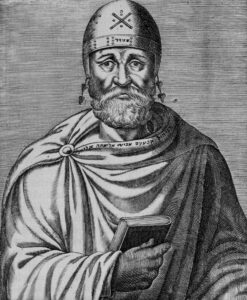 This is a follow-up to my previous post, “
This is a follow-up to my previous post, “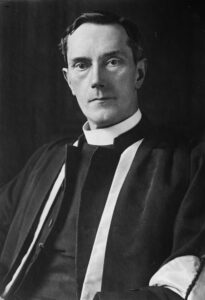 There is practically a cottage industry online of quote mining secondary sources to criticize the doctrines of the Incarnation and the Trinity. These quotations usually omit salient elements of those sources that would make them useless to the anti-Trinitarian polemicists. An example I recently discovered was the use of the early twentieth-century author William Ralph Inge to support the charge that the Nicene Creed represented a Platonist distortion of Christianity. Carlos Xavier, a Biblical Unitarian apologist, provides a good example of this usage:
There is practically a cottage industry online of quote mining secondary sources to criticize the doctrines of the Incarnation and the Trinity. These quotations usually omit salient elements of those sources that would make them useless to the anti-Trinitarian polemicists. An example I recently discovered was the use of the early twentieth-century author William Ralph Inge to support the charge that the Nicene Creed represented a Platonist distortion of Christianity. Carlos Xavier, a Biblical Unitarian apologist, provides a good example of this usage: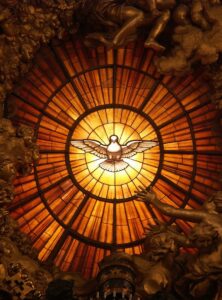 As I noted in my previous post on the 2025 Ligonier/Lifeway
As I noted in my previous post on the 2025 Ligonier/Lifeway 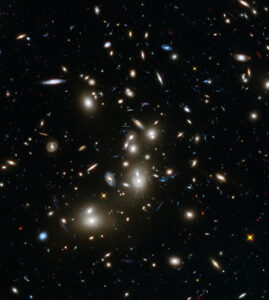
 What do most members of evangelical churches in America believe? As I mentioned in my previous blog post, the Ligonier/Lifeway
What do most members of evangelical churches in America believe? As I mentioned in my previous blog post, the Ligonier/Lifeway 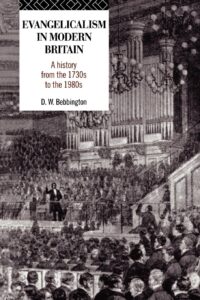 “The trouble with this way of defining evangelical is that it creates both false positives and false negatives.”
“The trouble with this way of defining evangelical is that it creates both false positives and false negatives.”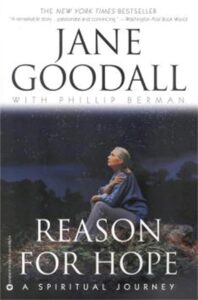 Jane Goodall (1934-2025), famed for her decades-long study of chimpanzees and for her advocacy of animal rights and environmentalism, passed away on October 1, 2025, at the age of 91. Christians should have no trouble appreciating her legitimate and significant contributions to our knowledge about chimpanzees and other primates. Goodall observed that chimps made and used rudimentary tools (e.g., stripping a twig of leaves and using it to extract insects from a nest) and that they exhibited emotions and sociality. Gaining fuller and more accurate knowledge about the animal kingdom helps us to clarify what we have in common with animals and what makes us truly unique. At the same time, we may be saddened by the fact that Goodall promoted a mystical, more or less pantheistic conception of the world in which the divine is in all things, excluding the reality of a transcendent Creator with whom we need above all to have a loving relationship.
Jane Goodall (1934-2025), famed for her decades-long study of chimpanzees and for her advocacy of animal rights and environmentalism, passed away on October 1, 2025, at the age of 91. Christians should have no trouble appreciating her legitimate and significant contributions to our knowledge about chimpanzees and other primates. Goodall observed that chimps made and used rudimentary tools (e.g., stripping a twig of leaves and using it to extract insects from a nest) and that they exhibited emotions and sociality. Gaining fuller and more accurate knowledge about the animal kingdom helps us to clarify what we have in common with animals and what makes us truly unique. At the same time, we may be saddened by the fact that Goodall promoted a mystical, more or less pantheistic conception of the world in which the divine is in all things, excluding the reality of a transcendent Creator with whom we need above all to have a loving relationship. “Like many people (not just Mormons), the Bald Coder assumes an oversimplistic, false dichotomy in which comprehensive scientific proof and subjective opinion are the only two options.”
“Like many people (not just Mormons), the Bald Coder assumes an oversimplistic, false dichotomy in which comprehensive scientific proof and subjective opinion are the only two options.”